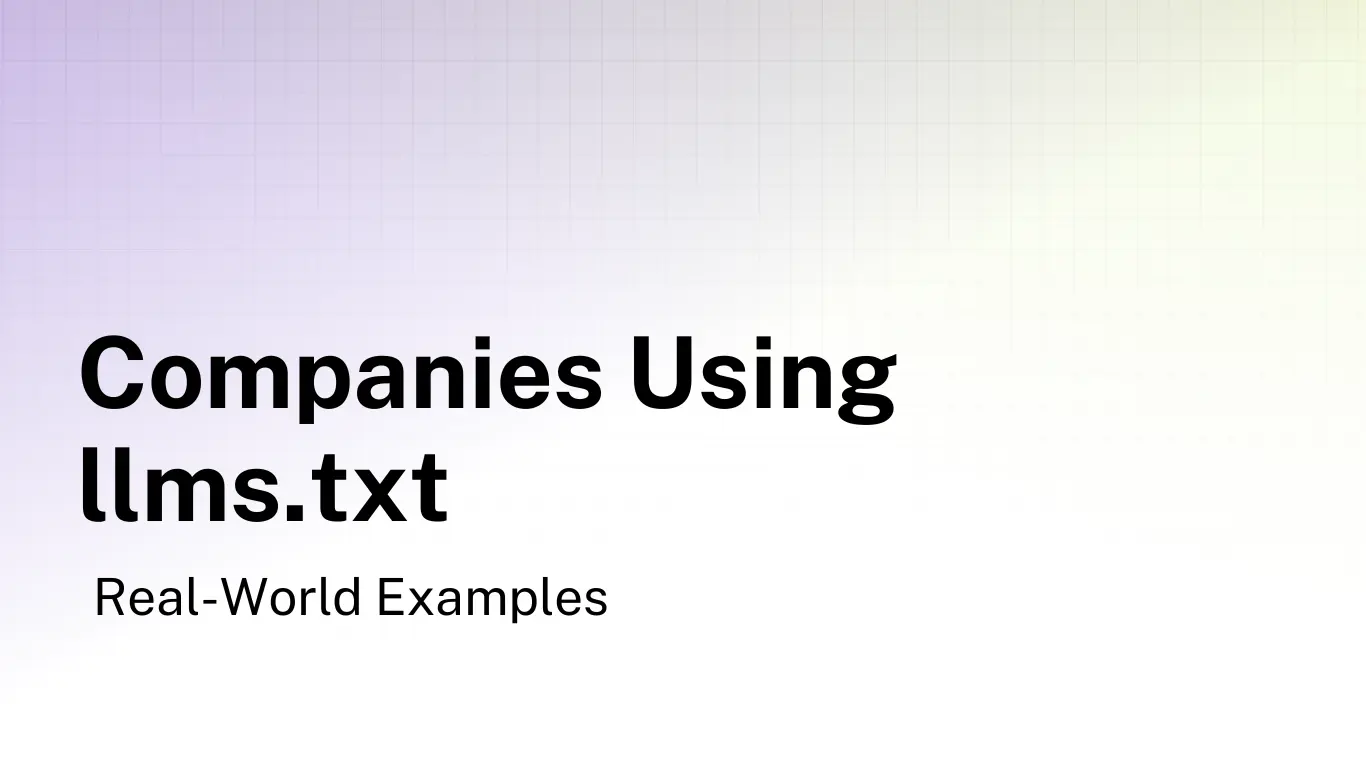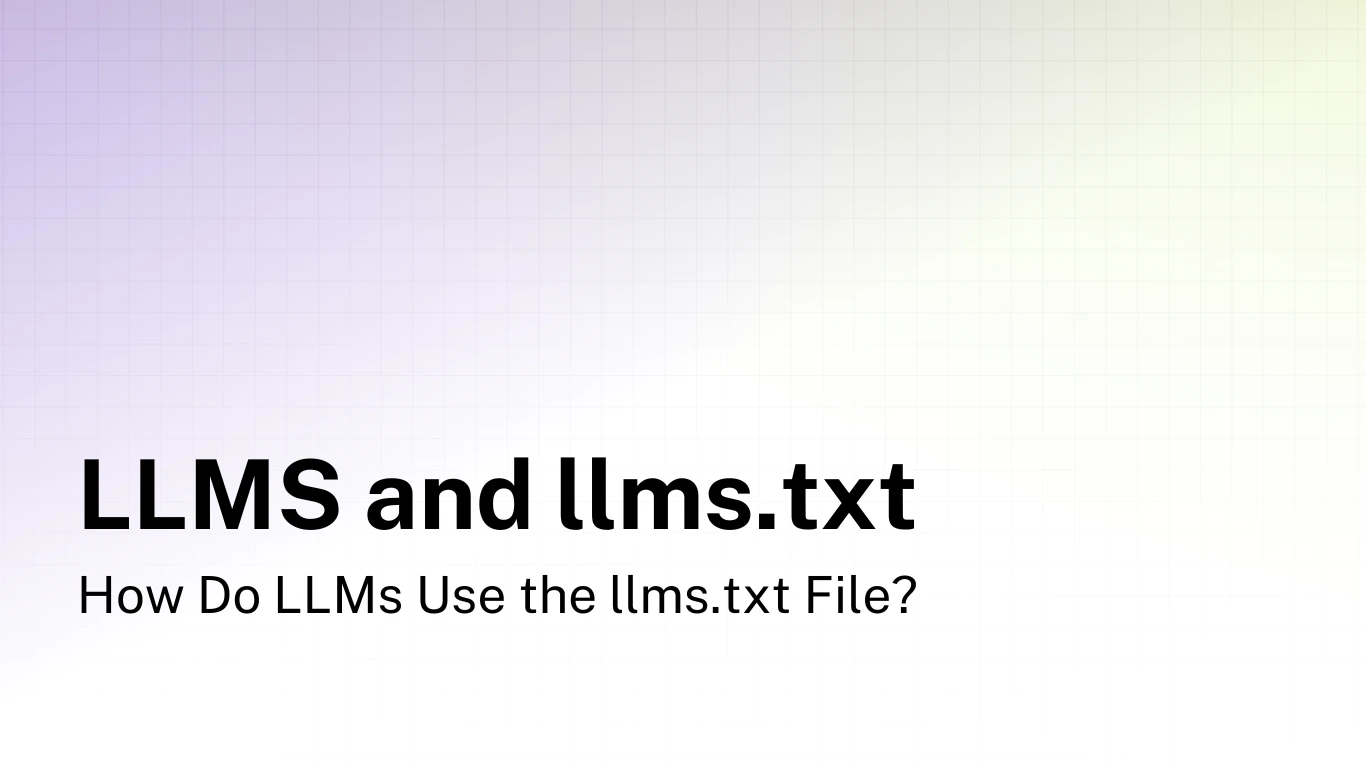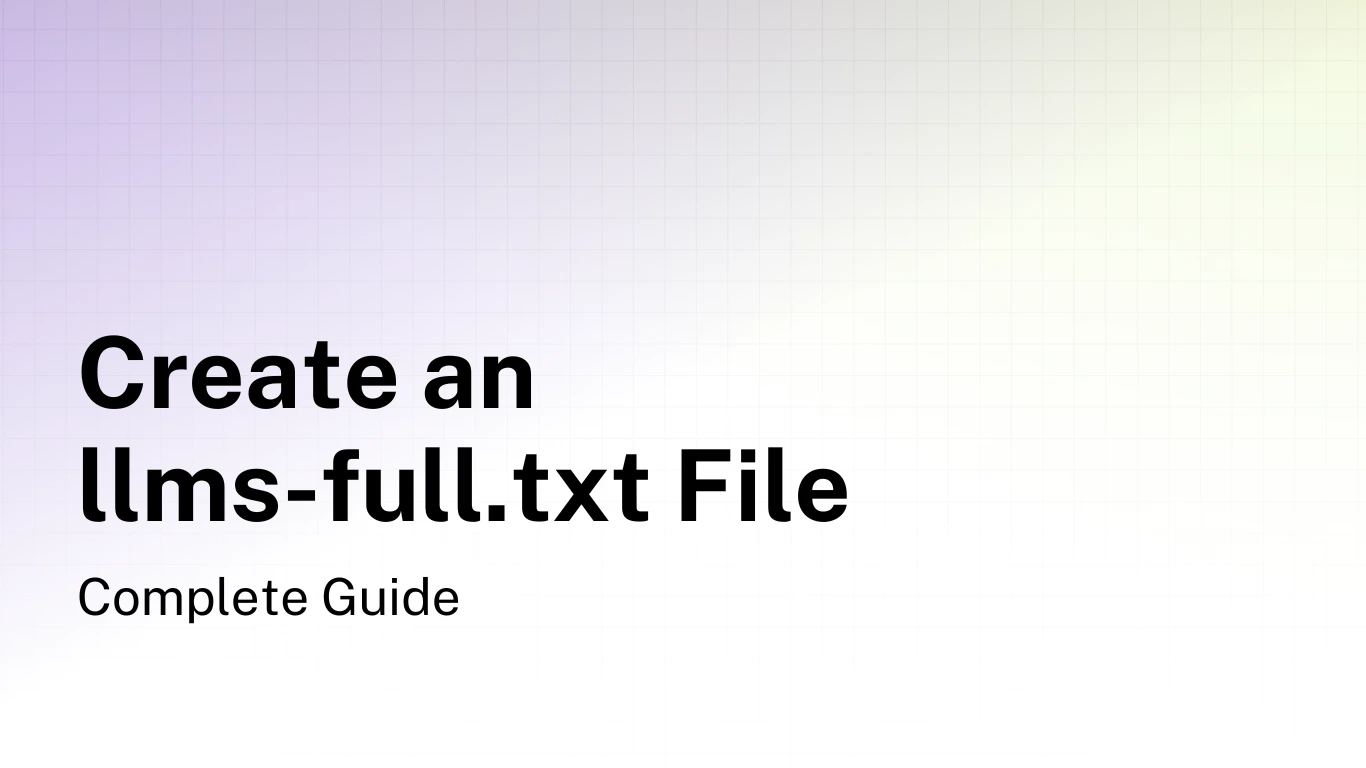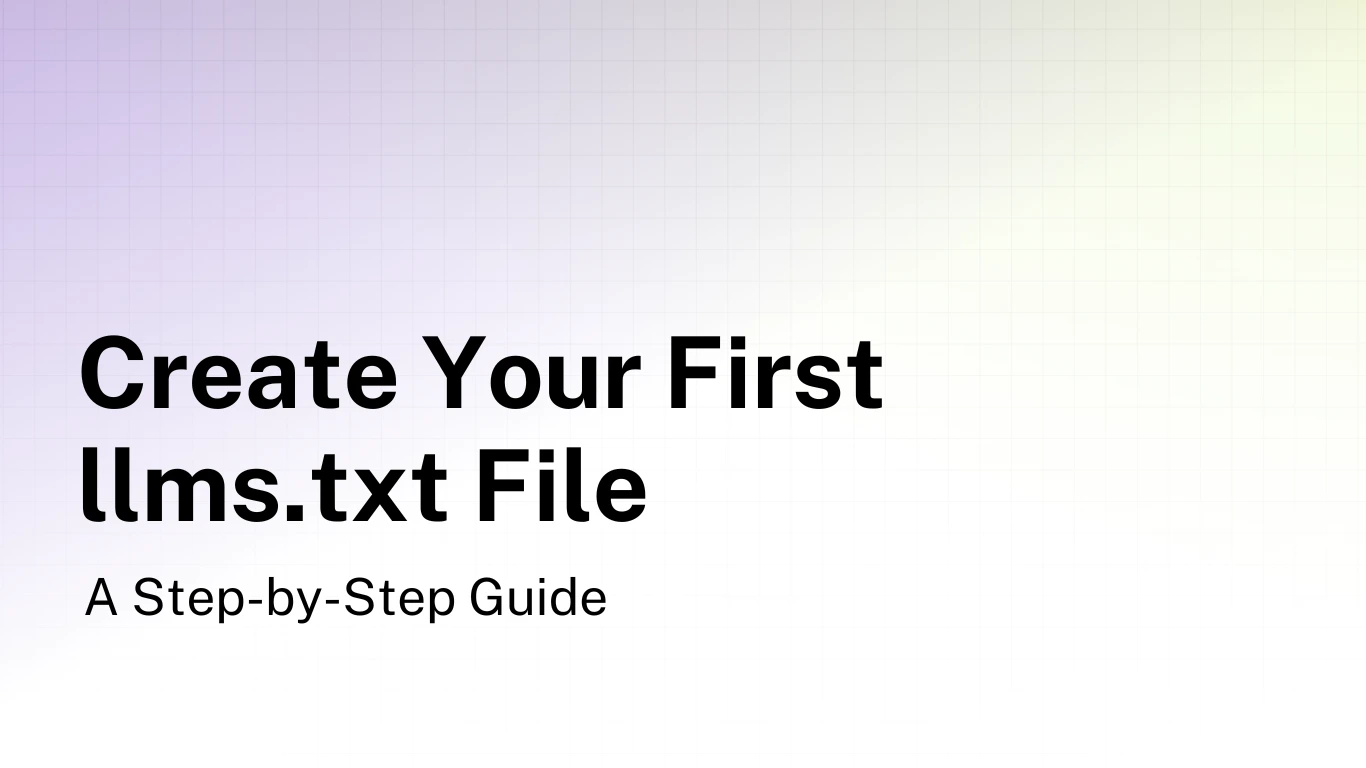What is Generative Engine Optimization (GEO)?
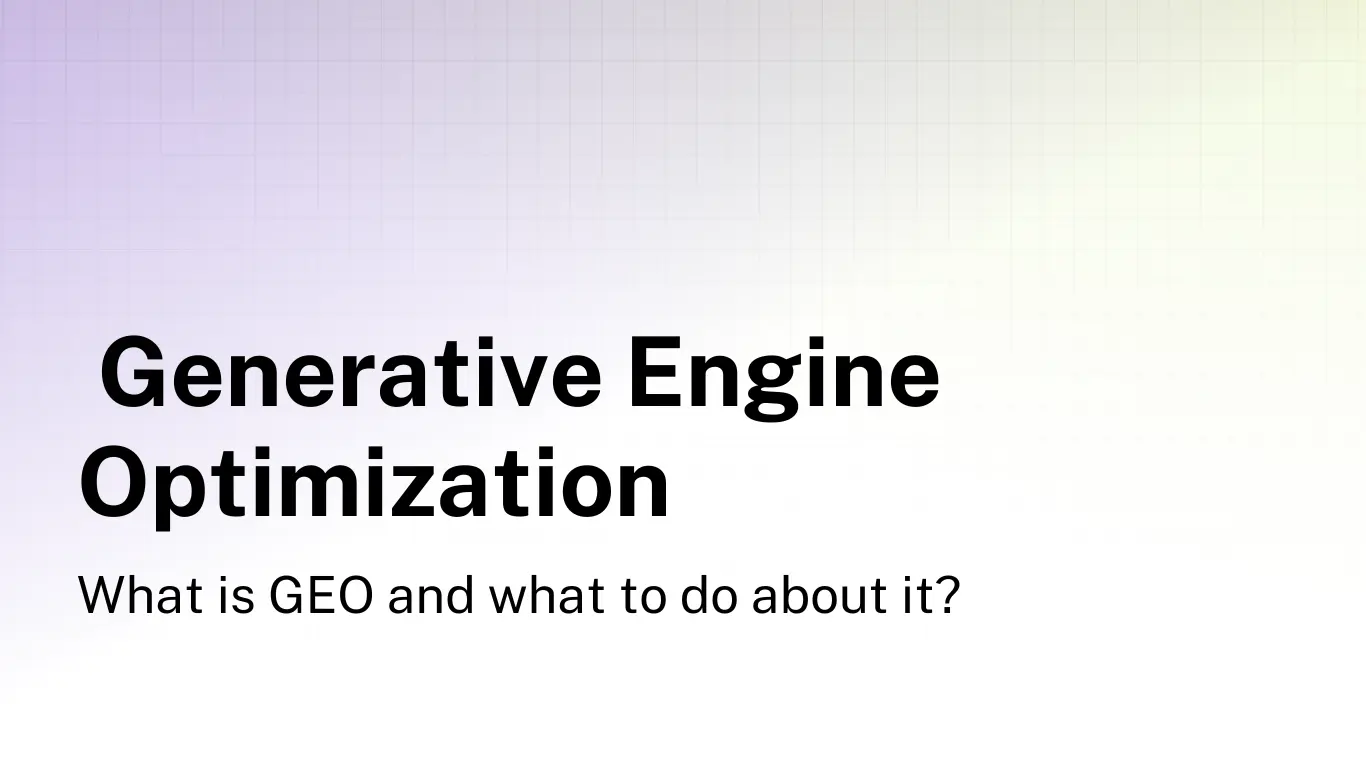
Traditional SEO is built on links. Generative Engine Optimization (GEO) is built on language. When someone searches Google, they click through a list of blue links. When someone asks ChatGPT or Perplexity the same question, they receive a single, synthesized answer—often without clicking through to any website.
This fundamental shift is rewriting the rules of digital visibility. GEO is the practice of optimizing content to appear in AI-generated responses from large language models like ChatGPT, Claude, Perplexity, and Google's AI Overviews. Unlike traditional SEO, which focuses on rankings and clicks, GEO prioritizes citations and brand mentions within the AI's answer itself.
The stakes are enormous. ChatGPT now serves 400 million weekly active users processing over 1 billion daily queries. Perplexity AI handles 780 million monthly searches. Google's AI Overviews appear on 13%+ of all searches. Early adopters report 800% year-over-year increases in LLM referral traffic with conversion rates up to 25X higher than traditional search.
Academic research from Princeton University demonstrates that specific GEO techniques can boost visibility in AI responses by up to 40%. Industry forecasts predict LLM traffic will overtake Google search by 2027-2030. For technical teams implementing llms.txt files, understanding GEO isn't optional—it's essential for future-proofing content discoverability as AI increasingly mediates how users find information.
Let me walk you through what GEO actually is, why it matters, and how to implement it effectively—backed by research, real-world data, and practical strategies.
The fundamental shift from SEO to GEO
Traditional search engines crawl websites, index content, rank pages based on 200+ factors, and display ordered lists of results. Success is measured by rankings, click-through rates, and organic traffic. The optimization focuses on keywords, backlinks, meta tags, page speed, and domain authority.
Generative engines work completely differently. They ingest content through pre-training or real-time retrieval, extract knowledge including facts and relationships, assess source reliability, and synthesize information into coherent answers with attribution. Success is measured by citation frequency, brand mentions, and "share of AI voice"—the proportion of relevant queries where your brand appears in generated answers.
The term "Generative Engine Optimization" was formally introduced in November 2023 by researchers from Princeton University, Georgia Tech, and the Allen Institute for AI in their groundbreaking paper. They defined GEO as a framework to help content creators improve visibility in generative engine responses through systematic optimization methods.
The research tested 10,000 queries across 25 domains and found that traditional keyword stuffing—a cornerstone of early SEO—actually harms GEO performance by 10% compared to baseline content. What works instead is fundamentally different: adding expert quotations improved visibility by 40%, including statistics boosted it by 35-40%, and properly citing sources increased it by 30-40%.
Here's why this matters: 58.5% of searches on AI platforms now result in zero clicks. Users receive immediate synthesized answers without visiting any website. This creates an entirely new optimization challenge where visibility happens within the answer itself or doesn't happen at all.
As Andreessen Horowitz notes: "Traditional search was built on links. GEO is built on language." This isn't about gaming algorithms; it's about making content comprehensible, trustworthy, and citation-worthy for AI systems that synthesize information.
Why GEO matters for your website in 2025
The adoption statistics tell a compelling story about the urgency of GEO implementation.
ChatGPT reached 100 million users in just two months after release. As of August 2025, it serves 700 million weekly active users, up from 500 million in March 2025—quadrupling from 2024 levels. These aren't casual experimenters; they're people who've shifted their primary search behavior to AI platforms.
Perplexity AI processes 780 million queries monthly with 20%+ month-over-month growth. Google itself has embraced this shift, with AI Overviews now triggering on 13-30% of searches depending on the study. Over 50% of keywords tracked by Backlinko now have AI Overviews. Google rolled these features out to 200+ countries and 40+ languages in May 2025.
The generational adoption patterns reveal where search is headed. Among Gen Z (ages 18-26), 82% have used AI search tools at least occasionally, and 34% use AI chatbots for search regularly. Even among Baby Boomers, 45% have used AI search tools. With 90 million U.S. adults projected to use AI as their primary search tool by 2027, this isn't a future trend—it's happening now.
The business impact is both challenging and opportunistic. Publishers expect 20-60% decreases in organic search traffic from AI Overviews, with click-through rates dropping 34-46% when AI summaries appear. Yet paradoxically, conversion rates from AI referrals are 4.4X to 25X higher than traditional search traffic.
Go Fish Digital documented a 25X higher conversion rate from AI-driven leads in their case study. Users treat AI as conversational partners, arriving as pre-qualified leads who've already engaged with your brand's authority through the AI's explanation. They're not browsing—they're ready to take action.
The strategic necessity is clear: if you're not in AI-generated answers, potential customers may never discover your brand. Traditional search traffic is predicted to drop 25% by 2026 and 50% by 2028 according to some forecasts. Early adopters are positioning themselves ahead of the curve, building brand visibility in AI platforms while competitors wait on the sidelines.
How llms.txt files fit into your GEO strategy
LLMs.txt files represent direct infrastructure for GEO implementation. The core problem they solve is fundamental: LLMs have limited context windows and struggle to process entire websites cluttered with HTML, JavaScript, CSS, and navigation elements.
By providing a standardized Markdown file at /llms.txt, you offer AI systems a curated, semantically clear overview of your most important content. Think of it as communicating directly with AI systems: "Here's what matters on our site, organized for easy comprehension."
The llms.txt specification includes an H1 header with your project name, a blockquote summary with key information, detailed sections with clear descriptions, and explicit organization of primary versus optional content. Your companion file, /llms-full.txt, can contain complete documentation in Markdown format—ideal for AI coding assistants or direct upload to ChatGPT.
The GEO advantage is significant. AI systems prioritize sources that are easy to parse, semantically clear, and provide explicit context about content structure. When an LLM encounters your llms.txt file—whether through direct upload by users or potential future crawler support—it immediately understands your site's information architecture without parsing hundreds of complex pages.
As of July 2025, over 950 domains have implemented llms.txt, with major adopters including Anthropic, Cloudflare, Stripe, and Vercel. While no major LLM provider has officially confirmed automatic crawler support yet, the files serve multiple GEO purposes: they provide human-readable documentation, can be manually uploaded to AI tools for context, position your site as AI-ready before standards solidify, and create no downside risk while offering potential upside when adoption accelerates.
For technical teams, implementing llms.txt is a no-regrets move that aligns perfectly with broader GEO principles: semantic clarity, hierarchical structure, explicit context provision, and machine-readable formatting.
Evidence-based strategies that actually improve AI visibility
The Princeton research provides the most rigorous evidence for what works in GEO, testing nine different optimization methods across diverse domains with statistically significant results.
Adding quotations emerged as the top performer with 27-41% visibility improvements. This means including direct quotes from recognized experts or authoritative sources throughout your content—not generic filler quotes, but substantive perspectives from industry leaders, researchers, or recognized authorities. The AI systems recognize and value these expert voices, treating them as high-credibility signals when synthesizing information.
Including statistics showed 25-40% improvements by replacing qualitative discussion with quantitative data. Transform "Email marketing provides excellent ROI" into "Email marketing generates an average ROI of $42 for every dollar spent, according to the Data & Marketing Association." The key is specificity: precise numbers, credible sources, and relevance to the topic.
Citing sources properly produced 27-30%+ improvement across various metrics. This involves adding inline citations from credible sources like academic papers, government publications, established institutions, and recognized authorities. The citations should be clearly attributed, helping AI systems verify information and assess reliability.
Combining strategies compounds effectiveness. The research found that fluency optimization plus statistics addition produced 5.5% additional improvement over any single strategy. The best combinations were fluency + statistics (35.8% improvement), quotations + citations (34.4%), and fluency + citations (34.4%).
Critically, the research revealed GEO's democratizing potential. Lower-ranked websites benefited disproportionately: sites ranked fifth in traditional search saw 115% visibility increases through proper citation, while top-ranked sites saw only 30% average increases. This suggests GEO can level the competitive playing field for quality content from smaller publishers.
Real-world implementations validate these findings. Broworks, a Webflow SEO agency, restructured content around natural AI queries, added FAQ sections with quotable information chunks, and implemented custom schema markup. The result: 10% of organic traffic from generative engines with 30% higher average time on site compared to Google visitors.
Go Fish Digital created fact-dense cornerstone assets with statistics and external authority citations, built pages around adjacent prompts through query fan-out expansion, and saw 800% year-over-year LLM traffic growth with visitors arriving as pre-qualified leads.
Content structure that AI systems actually understand
The format and organization of your content matters as much as the information itself. AI systems extract information most effectively from specific structural patterns.
Use clear hierarchical headings (H1, H2, H3) that are descriptive rather than clever. "How to Calculate Email Marketing ROI" works better than "Learn More About Email Success." The heading itself should communicate the content's value because AI systems use headings as semantic boundaries.
Structure content with short paragraphs focused on one idea each. AI systems retrieve passages and chunks, not full pages, so each section must be independently understandable. Front-load key information—provide the direct answer first, then expand with supporting details. This "bottom line up front" approach aligns with how AI systems prioritize information.
The FAQ format mirrors natural search queries and dramatically improves extraction. Structure content as explicit Q&A: "Q: How loud is the dishwasher? A: It operates at 42 dB, which is quieter than most dishwashers on the market." This explicit structure helps AI systems identify relevant information for specific queries.
Bullet points and numbered lists break complex information into scannable segments that show higher citation rates. Tables organize comparative data in ways AI systems can easily extract and reference. Summary sections should lead with concise overviews—place "Key Takeaways" at the top of content for immediate value.
Pages with direct quotes and statistics have 30-40% higher AI visibility according to the Princeton research. The immediate heading-content connection is critical—don't bury your answer three paragraphs below a heading. AI systems scan for quick, clear answers they can confidently cite.
Building multi-platform presence for maximum AI visibility
GEO success requires thinking beyond your website. AI systems synthesize information from diverse sources, and building presence across multiple platforms amplifies your visibility.
Reddit accounts for 7.15% of AI citations—the highest of any platform according to research—with a 450% increase in just three months. Engage authentically in relevant subreddits by answering questions with genuine expertise. Focus on providing value rather than self-promotion, as AI systems detect and reference helpful, authoritative contributions.
YouTube videos increasingly appear in AI-generated results, particularly in Google AI Mode. Create how-to videos and tutorials with full transcripts. The combination of video content and searchable text gives AI systems multiple formats to reference.
For B2B audiences, LinkedIn posts and articles surface frequently in AI responses about business topics. Publish thought leadership content that demonstrates expertise and gets cited by AI systems synthesizing professional advice.
Podcast appearances with published transcripts surface particularly well in Gemini results. The conversational format combined with searchable transcripts provides AI systems with accessible, quotable content.
This diversification reduces dependence on any single algorithm while meeting users where they actually search. Build brand mentions and co-citations strategically—get listed in "best your category" comparison articles, appear in industry surveys and analyst reports, earn unlinked brand mentions through digital PR, and contribute expert insights to high-authority publications.
One placement in a frequently-cited source can create visibility across hundreds of AI queries. AI systems learn relationships between brands through co-occurrence patterns, so strategic positioning in authoritative comparative content builds cumulative advantage.
Schema markup and structured data for AI comprehension
Schema markup serves as a translation layer between content and AI algorithms, providing explicit context that prevents misinterpretation and dramatically improves citation likelihood. Pages with properly implemented schema are 3X more likely to appear in Google AI Overviews.
The most critical schema types for GEO are FAQPage schema (highest effectiveness), which directly answers user questions and appears in "People Also Ask" boxes with high AI citation rates; HowTo schema for step-by-step process documentation that AI assistants pull from for instructional queries; and Article schema for establishing headline, author, publish date, and publisher information.
Product schema powers e-commerce visibility with price, availability, reviews, and specifications that inform AI shopping recommendations. Organization schema builds company identity with contact information, social profiles, and knowledge graph presence for brand authority.
Use JSON-LD format, implemented as a script tag in the page head or body. Use the most specific schema type available, implement connected schema to map relationships between entities using @id references, validate with Google's Rich Results Test, and keep markup updated with content changes.
A study by Data World found that LLMs grounded in knowledge graphs achieve 300% higher accuracy versus unstructured data. Schema.org enables creating these knowledge graphs through embedded JSON-LD in HTML, providing AI systems with semantic context they can reason over rather than just text to parse.
The dual benefit is powerful: schema serves both traditional search engines and AI systems simultaneously, creating a single source of truth that updates automatically with content changes rather than requiring separate markdown maintenance like llms.txt files.
Measuring your GEO performance and ROI
Traditional metrics like rankings and click-through rates inadequately capture GEO effectiveness. The new metrics focus on reference rates: how often your brand appears in AI-generated answers, the sentiment of those mentions, your share of voice compared to competitors, and which sources AI systems cite most frequently.
Manual testing remains surprisingly valuable. Ask ChatGPT, Claude, Perplexity, and Google AI Mode questions your content should answer. Test across multiple query variations, document which sources get cited, screenshot results for tracking over time, and analyze patterns in how AI systems describe your brand.
For quantitative tracking, several specialized tools have emerged. Semrush's AI SEO Toolkit provides comprehensive monitoring across top LLMs, tracking brand mentions and sentiment with share of voice analysis. Otterly.AI starts at $29/month covering Google AI Overviews, ChatGPT, and Perplexity with domain citation tracking.
Profound offers enterprise-level analytics including real user prompt discovery and product visibility in ChatGPT Shopping. These tools provide visibility scoring, competitive benchmarking, and trend analysis over time.
Set up proper attribution tracking in Google Analytics 4 using regex filters to identify AI referral sources. Many sessions from ChatGPT or Perplexity appear as "direct" traffic in standard analytics. Create custom segments: chatgpt.com|gpt|copilot|perplexity|claude|gemini to isolate AI-driven traffic.
The conversion quality from AI traffic often significantly exceeds traditional search. Broworks reports 27% of AI-sourced traffic converts to sales-qualified leads with 30% higher average time on site. Go Fish Digital sees 25X higher conversion rates from AI-driven leads. These users arrive pre-qualified because the AI has already positioned your brand as authoritative and relevant to their specific need.
What's coming next: the future of AI search
The trajectory is unmistakable. Industry forecasts from multiple sources converge on LLM traffic overtaking traditional Google search between 2027-2030. Semrush predicts LLM traffic will overtake traditional Google search by end of 2027. Some models show ChatGPT traffic surpassing Google by October 2030.
Currently, Google handles 136 billion monthly visits versus ChatGPT's 4 billion, but LLMs collectively could command 50%+ of global search query volume by 2030. This represents the most significant disruption to search since Google's founding.
Platform fragmentation will intensify. ChatGPT, Perplexity, Claude, Gemini, and emerging players each use different data sources and recommendation algorithms. Multi-platform optimization becomes necessary, though ChatGPT and Perplexity currently account for nearly all identifiable LLM-driven traffic.
Apple's integration of Perplexity and Claude into Safari signals mainstream adoption accelerating. The business models remain uncertain—most AI search is subscription-driven rather than ad-supported, creating different incentives than Google's ad-based model.
The GEO tools market will mature rapidly, with current solutions like Profound, Otterly, and Semrush's toolkit representing early versions of what will become sophisticated platforms. Expect real-time optimization recommendations, automated schema generation, competitive intelligence dashboards, and integration with content management systems.
For technical teams implementing llms.txt files, the preparation checklist is straightforward: implement llms.txt and llms-full.txt files now, add comprehensive schema markup prioritizing FAQPage and HowTo types, convert key documentation to clean Markdown, ensure AI crawler access in robots.txt, set up monitoring for brand mentions across AI platforms, and create content answering specific long-tail questions with statistics and citations.
Getting started with GEO today
The competitive window for early-mover advantage is closing rapidly. Traditional search will coexist with AI search for years, so balanced optimization for both approaches remains essential. However, the arbitrage opportunity exists now—most competitors still focus exclusively on traditional SEO, leaving significant white space for AI citations.
Start with quick wins. Add citations, statistics, and quotations to existing high-performing content for immediate 30-40% visibility boosts. Transform generic statements into specific, data-backed claims. Include relevant expert quotes that add credibility and authority.
Improve content structure. Implement one idea per paragraph, use clear descriptive H2 and H3 headings, write in conversational natural language, and create FAQ sections with question-answer format. Each element increases the likelihood that AI systems can parse, understand, and cite your content effectively.
Build technical foundations. Create your llms.txt file with your most important pages clearly described. Implement priority schema markup including FAQPage, HowTo, Article, and Organization types. Ensure your robots.txt allows AI bots (GPTBot, CCBot, Google-Extended, ClaudeBot, PerplexityBot).
Establish multi-platform presence. Participate authentically in relevant Reddit discussions. Create YouTube videos with transcripts. Publish thought leadership on LinkedIn for B2B topics. Each platform amplifies your visibility where AI systems search for information.
Monitor and measure continuously. Use tools like HubSpot's AI Search Grader (free) to evaluate AI readiness. Track brand mentions in AI responses, monitor sentiment, compare against competitors, and adjust based on performance data.
For llms-txt.io users specifically, you're already positioned at the frontier of this transition. Understanding llms.txt files demonstrates technical sophistication and forward-thinking about AI content discovery. The practices that make content work well in llms.txt format—semantic clarity, hierarchical structure, Markdown formatting, explicit context provision—are precisely the practices that drive GEO success.
The organizations that adapt their content strategies now will thrive in this new landscape. GEO represents Act II of search, and the window for early-mover advantage is closing rapidly. The brands that win will be those that make content genuinely useful for both humans and AI systems—and that work starts today.

